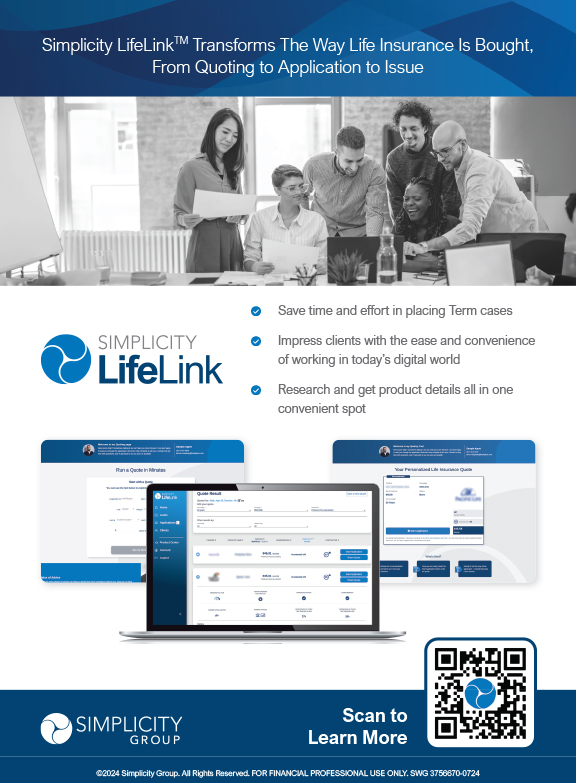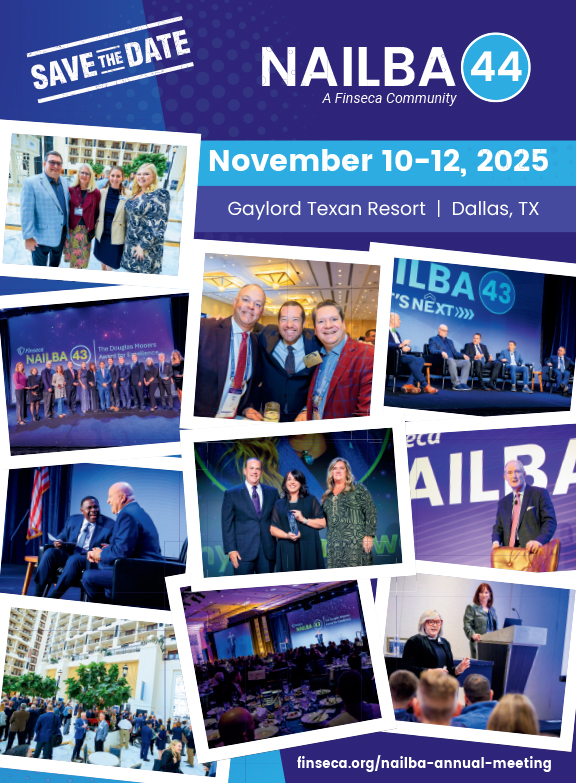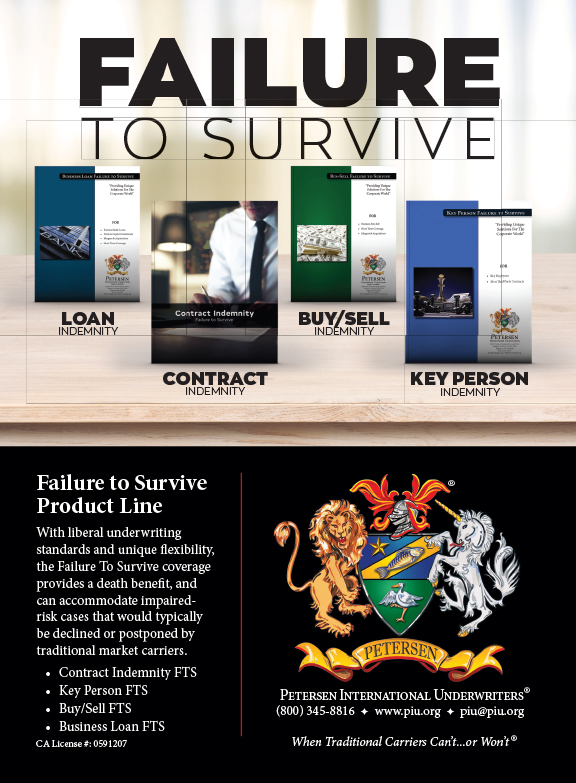If you’re one of the 92 percent of Americans whose New Year’s resolutions fail, you might assume you have a willpower deficiency.
Not true.
The real problem is that a year is just too much time— switch to 12 weeks and you might finally reach your goal
Everybody loves the new year. It’s a bright, shiny, fresh, clean slate. A vista unblemished by mistakes or regrets. A brand new chance to make those changes and accomplish those things we’ve been meaning to do forever. Yet undermining all this glorious potential is the hidden truth we’re aware of even as we proclaim that this time we’ll really lose 20 pounds or get out of debt or finally launch that long-dreamed-of business: New Year’s resolutions are nothing more than fairy tales we grownups tell ourselves.
That’s right. If you’re like the majority of Americans, you’re not going to keep those resolutions. What’s more, you know it. What you may not know is why.
The number one enemy of most New Year’s resolutions isn’t feasibility, a lack of know-how, or even a lack of motivation, though those things can come into play. The number one enemy of most resolutions is time.
Think about it: It’s all too easy to procrastinate through January, February, March and even longer. No problem, you think. I have more than half a year left to do what I said I’d do. Even when July and August roll around, there are still enough months left in the year that you don’t feel a real sense of urgency. Next thing you know, the holidays are almost upon you. You’re still over your ideal weight, drinking too many sodas a day, working the same job, with less savings than you’d like. Too late to do anything now, you figure. I’ll try again next year.
For many people, this depressing chain of events recycles on a yearly basis because far away deadlines allow—even encourage—us to be slack on execution. Give yourself too much time and you will procrastinate. It’s just human nature.
Ultimately, effective execution happens daily and weekly and on a consistent basis. To perform at your best, you will need to get out of “annual mode” and stop thinking in terms of a 365 day year. That’s where The 12 Week Year comes in. It’s a system that works for businesses striving to meet their goals—and it will work for you, too.
When you redefine the concept of a year, your life will change. A year is no longer 12 months; it is now only 12 weeks, followed by the next 12 week year, ad infinitum. Each 12 week period stands on its own.
You no longer have the luxury of putting off critical activities, thinking there is “plenty of time” left to meet your goals. When you have only 12 weeks, each week matters, each day matters, each moment matters. And the result is profound.
Here are eight ways to get yourself out of the annualized thinking trap—and into the much-more-productive 12 week year, where resolutions do come true:
Realize that Success Is Created in the Moment. Most of us have a skewed definition of success. We see it as the end of the road: the completion of a project, the day you’re finally able to button your old pants, receive an award, etc. However, true success isn’t any of those things. It isn’t a list of all the clients you brought in over the course of a year, or the number you see when you stand on the scale on December 31. It isn’t something that happens only once at the end of a planning cycle.
Success is all of the little things you do throughout the year to make your goals happen: reaching out to X number of prospects a day or getting up on cold mornings to run when you’d rather stay in bed. You just can’t reach your full potential if you put off critical activities. Success does not happen monthly, quarterly, semi-annually, or once a year; it happens daily, ultimately moment by moment. You succeed—or not—long before the results show it. When you adopt this definition of success, you’ll want to make the most of your time, not squander it. And the 12 week year can help.
Redefine Your Relationship with Deadlines. Most of us see deadlines (December 31 featuring prominently among them) as the bad guy. They’re always looming on the horizon, overshadowing our peace of mind and hassling us to work faster, or else. They make us nervous, resentful, or both. But what would happen if we thought of deadlines as good guys instead?
Deadlines aren’t sinister in and of themselves—we only feel that way about them when we aren’t on track to meet them or when they’re unreasonable. But realistic deadlines are actually great motivators. They are tools that can help you hone your focus, increase your efficiency and realize your full potential. When you think about deadlines this way, it makes sense to have more of them, not less! They can help you to create end-of-year energy, focus and commitment throughout the year.
Put a Little Less Faith in Your Yearly Planner. In other words, be realistic about your ability to plan ahead. Life—including what we want out of it—can (and often does) change in an instant. What you thought you wanted for yourself in January might not be what makes the most sense by the time July, October or December rolls around. Your circumstances and abilities may have changed.
The truth is, even the most thoroughly thought-out annual plans are based on assumptions that are stacked upon earlier assumptions, which are stacked on even earlier assumptions—and a lot can (and often does) change from start to finish.
Once you realize that there’s just not enough predictability to make annualized planning effective, the 12 week year begins to make a lot more sense. Personally and professionally, 12 weeks is about as far out as you can reliably plan. There’s a much stronger connection between the actions you take today and the results you want to achieve, because you don’t have to take as much of the future on faith. Who wants to waste time going partway down a certain path, only to realize that you were mistaken and should have taken a different turn?
Keep Score Starting January 1. It’s relatively easy to ignore or rationalize procrastination and low productivity when you have to look at the numbers only once a year. However, when you start measuring your productivity, progress and performance on a more frequent basis, you can’t hide behind the illusion that the present moment isn’t important. Measurement drives the execution process because it creates productive tension, or the uncomfortable feeling you get when you know you’re not doing the things you need to do.
As the CEO of your own life, you need to have the courage to measure your performance in the areas that matter. That’s much easier when your goals and tasks are broken down into 12 week increments. Effective scorekeeping prevents you from rationalizing lackluster results and forces you to confront the reality of your situation, even when it’s uncomfortable. While this can be difficult, the sooner you confront reality, the sooner you can shift your actions toward producing more desirable results.
Be Honest About Your Track Record. How many promises and commitments have you welshed on in the last 12 months? Probably more than you’d like to admit to. The fact is, at the beginning of the year, it’s all too easy to make promises and commitments. “Sure, honey, we can remodel the kitchen this year.” “Of course our department will reduce its operating costs by 15 percent this year.”
Frequently, though, we fall short of our personal and professional commitments because we encounter unforeseen obstacles, our priorities change, or our interest waves over the course of 12 months.
If you don’t want to be seen as someone who breaks commitments, drops the ball, and flakes, it makes sense to ditch annualized thinking. It’s much easier to say you’re going to do something—and then do it—within a 12 week time frame. As I have already pointed out, you can more accurately plan ahead, so you’ll make fewer mistakes, save time, and remain more focused. With these working habits, your results are not left up to chance. They are high in quality and they are consistent.
Stop Saying Have To and Start Saying Choose To. As you pursue a long term goal, it’s all too easy for your daily tactics to turn into daily have-tos. “I have to go to the gym.” “I have to spend an extra half-hour working on this project for my boss.” “I have to use that money to pay down my credit card, even if it means skipping a night out with my friends.” That’s a problem, because have-tos quickly turn into things we loathe—and if you loathe the things you need to do to accomplish a goal, you’re less likely to reach the finish line.
There are no have-tos in life. Everything we do in life is a choice. And when you look at tactics as choose-tos, you’ll notice a big change in your attitude and motivation. Instead of feeling burdened and put-upon, you’ll feel empowered. Admit it: Saying “I choose to attend night classes so I can rise in my field” feels a lot better than saying “I have to attend night classes so I won’t be stuck in this job forever.”
Be Proactive, Not Reactive. Sure, modern life is hectic, and it’s easy to feel like there just aren’t enough minutes in the day to get everything done. But the truth is most of us don’t make the most of our time because we engage each day reactively instead of proactively. We are driven by input triggers—the phone rings, the e-mail dings, a new task appears, someone knocks on the door, and off you go to solve the problem du jour. When you live reactively, it’s difficult, if not impossible, to stay focused on high-value activities.
Even though annualized thinking gives us lots of time in which to procrastinate, we still feel overwhelmed because we use the “extra” time on things that are low-value. That’s why 12 week planning is so beneficial. With an action-based plan, you don’t have to rely on input triggers to initiate your actions; instead, your plan triggers your actions. You can live with clear intention, organizing your life around your priorities and consciously choosing activities that align with your goals and vision.
I’ll warn you: Making the reactive-to-proactive switch won’t be easy. You’ll have to become more comfortable with saying no, and you’ll have to crack down on procrastination. But in the end, you’ll get more of the right things done each day, and ultimately reach your goals faster and with greater impact.
Celebrate Your 12 Week Wins. Companies often throw end-of-year parties and receptions to celebrate growth, acknowledge outstanding achievements, bestow awards and bonuses, etc. On a personal level, you may promise yourself a reward if you keep your New Year’s resolutions. It’s very gratifying to be recognized for achieved goals. And, the promise of celebration—especially when you allow yourself to celebrate at the end of each 12 week period—gives us something to look forward to, motivating us to keep our noses to the grindstone when the going gets tough.
Especially for goal-driven people, it’s tempting to always look at what lies ahead and not fully appreciate the ground that has already been covered. The 12 week year presents, at a minimum, four times as many opportunities to recognize and celebrate your progress and accomplishments. It might be a three-day weekend or a week-long vacation; the important thing is that you take time out to reflect, regroup and reenergize.
One more great thing about switching to a 12 week year: Because there’s a built-in reset every few months, you can switch gears when you realize something isn’t going to work.
We all know how demoralizing it is to realize that a year-end goal is just not going to happen. By July, it’s already clear that you’re not going to be able to sock away as much into your retirement account as you wanted to. Or in September, you have to admit that you’re not going to be able to lose the 30 pounds you pegged for your resolution. And because annualized thinking is so ingrained in your worldview, you automatically assume that you’ll just have to wait months to try again.
It’s not uncommon for individuals and even entire organizations to have mentally given up on their goals before October. With the 12 week year, that will never happen again. Every 12 weeks you get a fresh start—a new year!
So if you’ve had a tough 12 week year, you can just shake it off, regroup and start again. If you’ve had a strong 12 week year, you can build on that momentum. Either way, you can more quickly transition into something new instead of spending weeks or months waiting for a chance to start fresh.


























